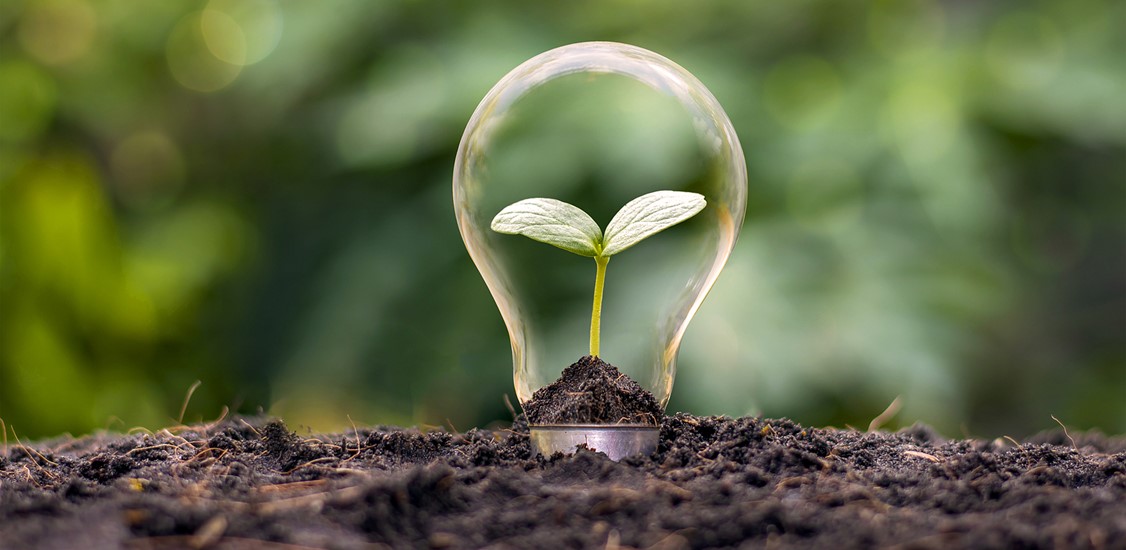By the end of 2022 the majority of wireless carriers will have completed the sunsetting of their 3G networks, in shutting them down, or will have already started the process of doing so. The impact is 3G devices including older phones, older Kindles, early iPads, and classic Chromebooks will no longer be able to connect to 3G cellular data networks. While this is an important step forward for the evolution of mobile networks, maintaining legacy equipment alongside current generation technology is expensive and 3G networks aren’t generating new revenue from new services. Additionally, 4G and 5G operate so much more efficiently than 3G, with 5G delivering multiple times the bits per second per Hz, resulting in faster speeds for consumers. 5G devices and networks also operate in a more battery efficient manner, providing much longer battery life than 3G devices.
According to a recent GSMA Intelligence report, sunsetting legacy 3G networks is a major means of emissions reduction. The energy per bit of data with each new mobile generation is continually improving, and consequently sunsetting 3G networks enhances overall network energy efficiency. In fact, ABI Research suggests that sunsetting 3G and legacy systems could represent a 15 percent reduction in overall energy consumption. Although the exact difference in energy efficiency between 5G and previous generations varies, testing indicates that 5G has an efficiency advantage. It may also save energy and space by reducing the number of active antenna units and other networking elements.
With many regions now entering a 3G sunsetting phase, initiatives to boost mobile connectivity and future-proof mobile networks with the expansion of the latest 5G technologies are certain to benefit the industry. However, the price of progress can often come at the expense of environmental sustainability. How can the move to the latest generation networks be achieved in an environmentally friendly way, and how can 3G sunsetting be executed in a way that doesn’t compromise the industry’s overall sustainability efforts? From a trade-in perspective, the 3G devices still currently in use – those shortly to become obsolete – still retain part of their value. Trading such devices in now in favor of a 4G or 5G handset means that manufacturers can re-use or re-purpose the parts for newer devices or re-sell those devices into developing markets, where 3G networks will remain switched on and running for a little while longer. At the same time, it is hoped that 5G will maximize the overall efficiency of telco networks, thereby contributing to a reduction in carbon emissions helping carriers, cable operators, and OEMs to meet their sustainability targets and play a critical role in the race to net zero.
3G sunsetting: A boost for the circular economy
As operators begin the process of shutting down older 3G legacy networks to make room for 5G deployments, any device operating on 3G will lose functionality – but not necessarily all of its value. Clearly the remaining 3G devices still in circulation must go somewhere once the 3G network shutdown begins to take effect. Both the devices and infrastructure components that aren’t dealt with responsibly will have environmental fallout. Lead, cadmium, mercury, arsenic, and bromine have traditionally been used to manufacture these types of electronics and older devices are typically bigger offenders when it comes to their levels of toxicity. Considering the number of smartphones that are produced every single year, the environmental toll that the manufacturing process takes on the planet is profound. One of the ways to reduce the environmental impact of the smartphone industry has been to reuse and recycle the parts and materials contained in older phones, and potentially use these components to extend the lifecycle of existing mobile devices. Newer recycling technologies not only allow harvesting and reuse of parts from older devices, but through a process known as urban mining, facilitate extraction of precious elements like lithium and cobalt, from older batteries that further contribute to environmental benefits.
The 3G sunset presents an opportunity to integrate the mineral rich components of redundant devices into the circular economy in support of the industry’s broader sustainability efforts. Mobile trade-in programs are one way to do this. By offering consumers money for their pre-owned devices, carriers, retailers, cable operators, and OEMs can ensure that they are recycled responsibly. This latest phase of network evolution allows manufacturers to rethink and reappraise the use of sustainable materials, product durability, repairability and recyclability.
The telecoms industry and the circular economy
As climate action-related goals become increasingly important for industry stakeholders and modern-day consumers, the trend to reuse, repurpose, and recycle both parts and equipment across their entire ecosystem appears to be gaining traction. In fact, a number of operators globally have recently pledged to have 100 percent circularity for their network systems by 2025. For example, the Spanish operator Telefonica has publicly pledged to reuse, resell, or recycle its entire network equipment in less than three years’ time, and achieve ‘Zero Waste’ by the end of the decade. Swedish operator Tele2 has recently made a similar commitment by realizing its ambition to achieve 100 percent circularity for its network equipment by 2025. This approach underlines the value and environmental benefit of both responsibly recycling and reuse as well as extending the useful life of wireless network equipment in the pursuit of a more sustainable telecoms industry.
The increased focus within the telecoms industry on sustainability comes at an opportune moment as the 3G sunset will result in a significant amount of network infrastructure being retired. With an industry-wide movement to repair, repurpose, recycle, and reuse equipment gaining momentum, there is the potential to extract the residual value of 3G legacy infrastructure and devices, and integrate it into the circular economy. This direction is sure to resonate with consumers, as well, with the shift in attitude towards sustainability becoming more prevalent. The Global Sustainability Study 2021 surveyed 10,000 consumers across 17 countries and found that 50% of the respondents considered sustainable practices a top five value driver when making purchases.
Sunsetting legacy networks in support of a greener industry
As carriers OEMs, mobile operators, and retailers progressively embrace more sustainable ways to approach their business operations, many will be contemplating each and every opportunity to restrict the environmental impact of e-waste and extend the lifecycle of mobile device components. Fortunately, the 3G sunset provides such an opportunity. Today the 3G devices that remain in circulation still retain some residual value and can be repurposed or responsibly recycled with their components put to good use elsewhere in the value chain. Additionally, sunsetting legacy networks can significantly reduce total network energy consumption as older technologies, with lower energy efficiency, are removed.
Fundamentally, as mature markets are upgrading to 5G and 3G networks continue to be retired, it is essential that the industry doesn’t simply forget about the remaining 3G devices, and instead think critically about the way they can be repurposed to bring connectivity to more people while also protecting the planet. To facilitate this carriers, OEMs, cable operators, and retailers need a strong trade-in program to collect the devices as well as an effective disposition strategy for the reuse and recycling of those devices.






















